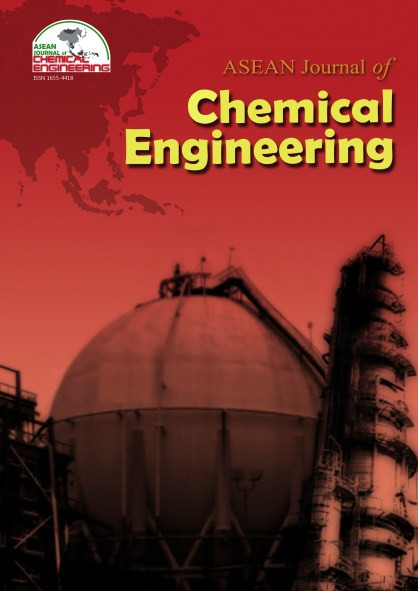Sensitivity Analysis of the Life-Cycle Inventories of Electricity and Hydrogen as Energy Vectors for the Philippine Automative Transport Sector
Abstract
The Philippine automotive transport sector accounts for a significant portion ofthe country's petroleum consumption and air emissions. Research in alternative fuels for road vehicles is thus an essential element in the country's long-term-electrical environmental management strategy. Two radical vehicle technologies propulsion systems and fuel hydrogen for fuel cells - are widely considered to be the most promising energy vectors from an environmental standpoint. Electric vehicles (EV) and fuel cell vehicles (FCV) are driven by electric motors; the former use electricity stored in batteries, while the latter generate electricity from the oxidation of hydrogen. Potentially, both electric power and fuel hydrogen can be sustainably produced using renewable energy sources, and their use in vehicles generates almost no direct pollution. However, life-cycle assessment (LCA) may reveal significant environmental impacts from the infrastructure required to produce and distribute these energy vectors on a commercial scale. This study quantifies the life-cycle air emissions and energy balances associated with the use of electricity and hydrogen for motor vehicle propulsion in order to determine which fuel offers more environmental benefits. The assessment uses a modified version of the GREET 1.Sa fuel cycle inventory model, with corrections made to account for Philippine conditions. Sensitivity analysis is performed in the model to determine the effect of marginal power generation mix and system transmission losses on the life-cycle inventories of both energy vectors. The results of the simulation indicate that for a given marginal power generation mix, there is no clear-cut advantage in terms of environmental performance for either hydrogen or electricity.
Copyright holder for articles is ASEAN Journal of Chemical Engineering. Articles published in ASEAN J. Chem. Eng. are distributed under a Creative Commons Attribution-NonCommercial 4.0 International (CC BY-NC 4.0) license.
Authors agree to transfer all copyright rights in and to the above work to the ASEAN Journal of Chemical Engineering Editorial Board so that the Editorial Board shall have the right to publish the work for non-profit use in any media or form. In return, authors retain: (1) all proprietary rights other than copyright; (2) re-use of all or part of the above paper in their other work; (3) right to reproduce or authorize others to reproduce the above paper for authors’ personal use or for company use if the source and the journal copyright notice is indicated, and if the reproduction is not made for the purpose of sale.



